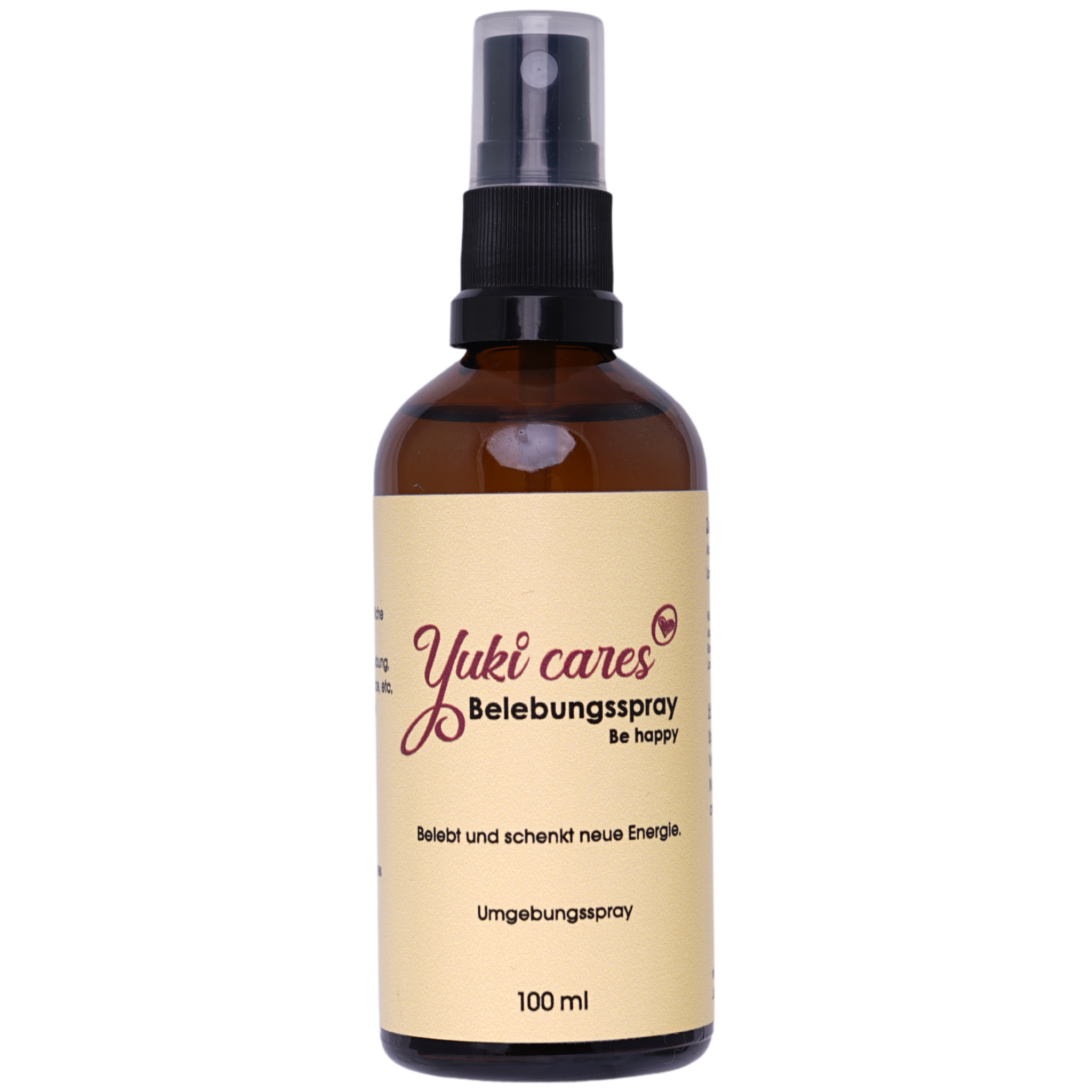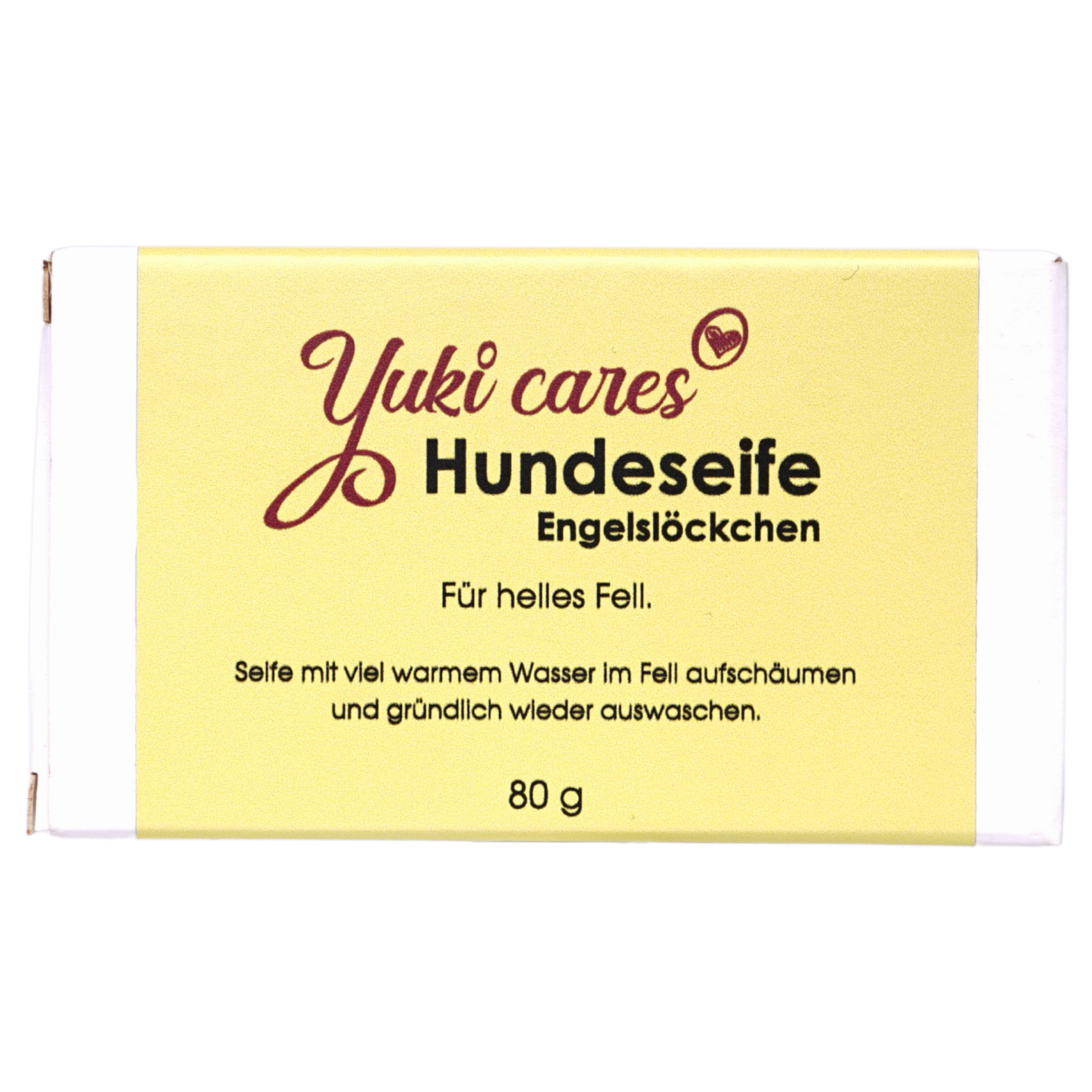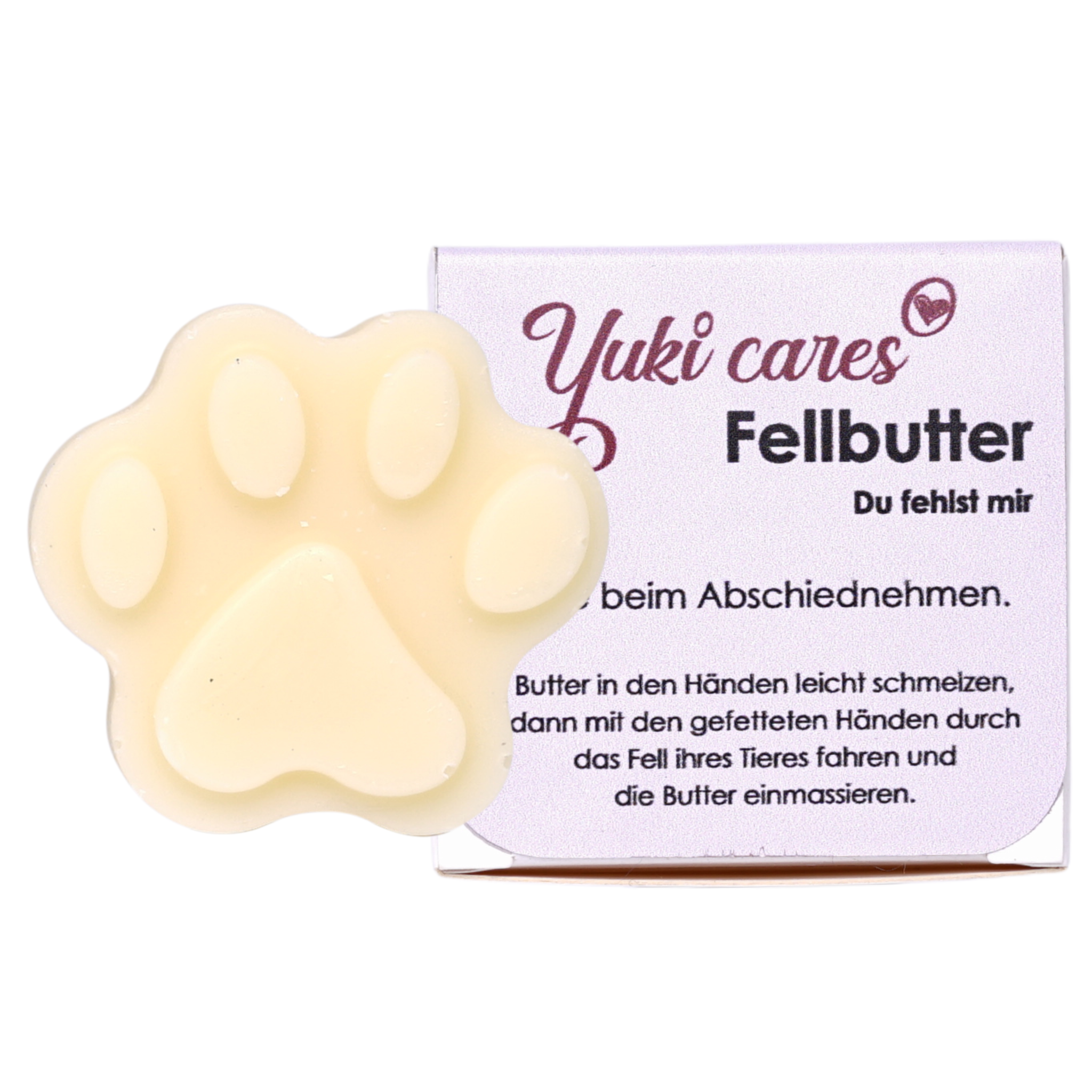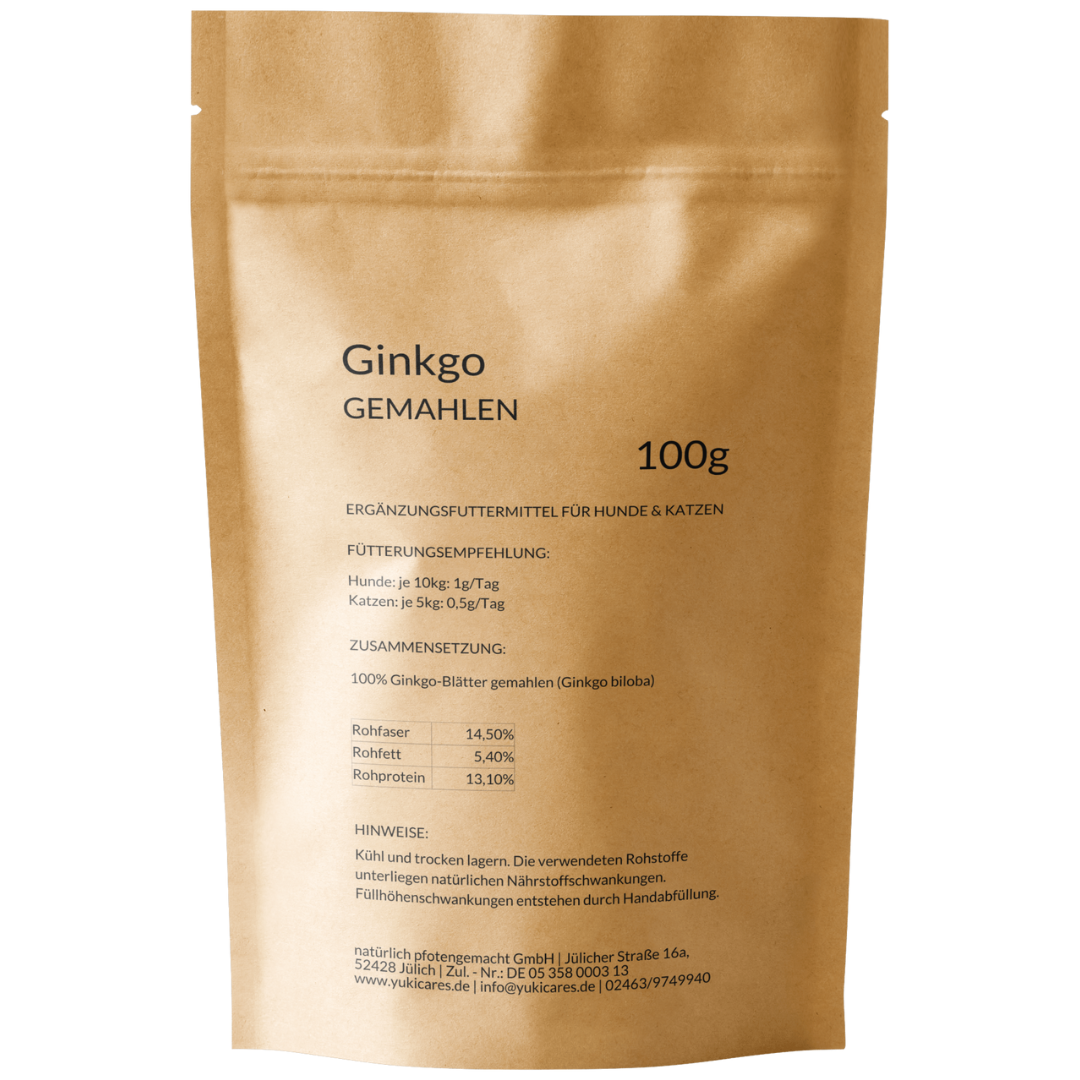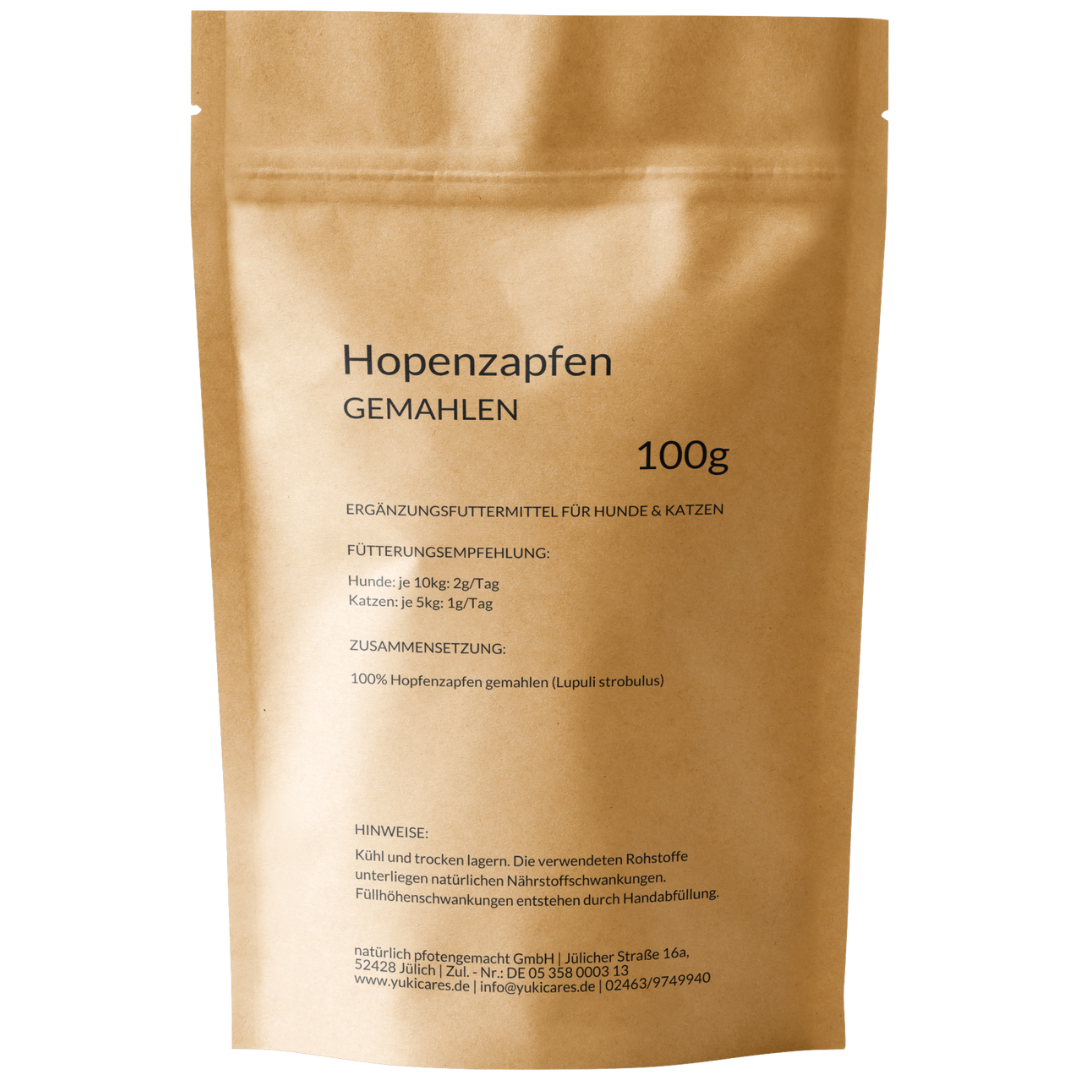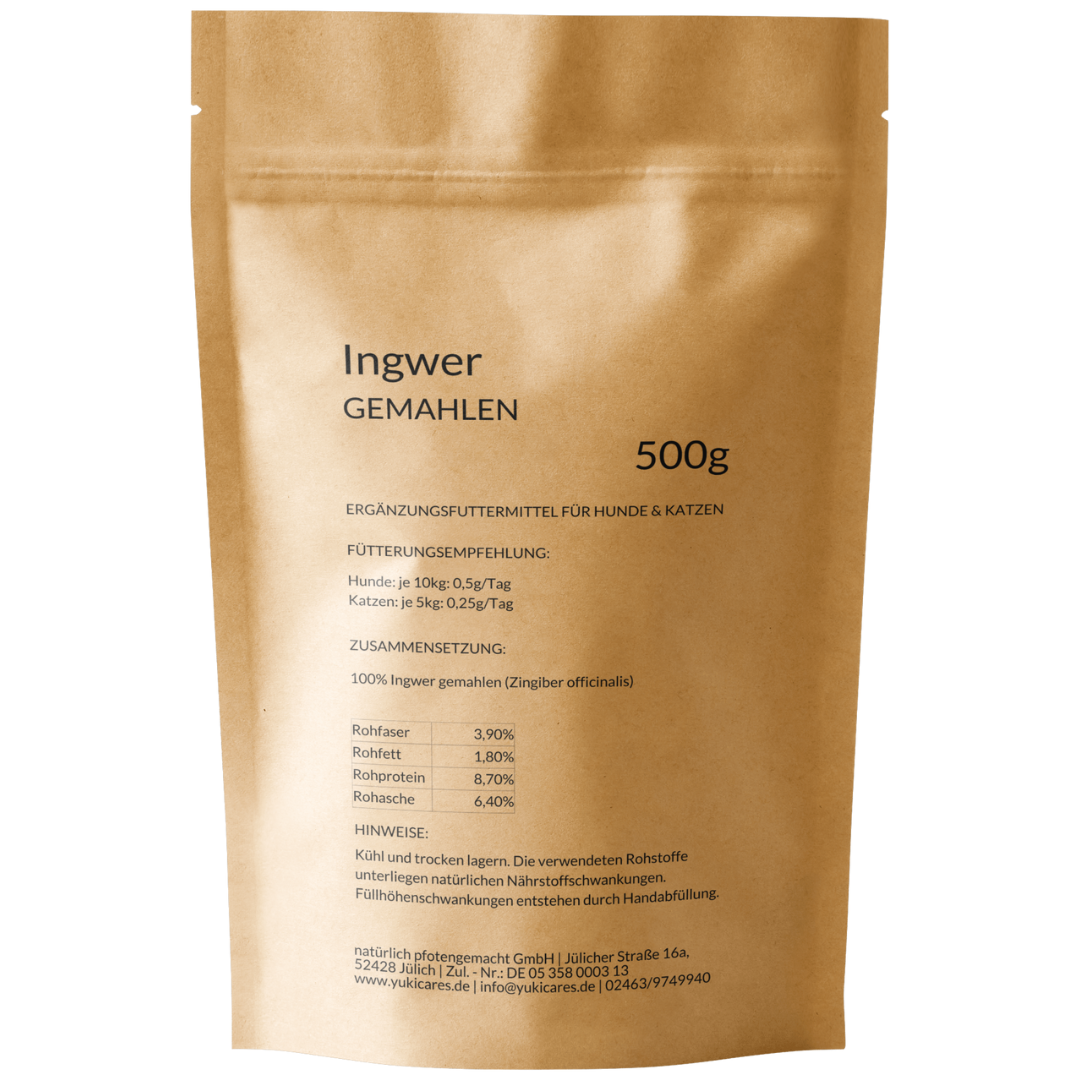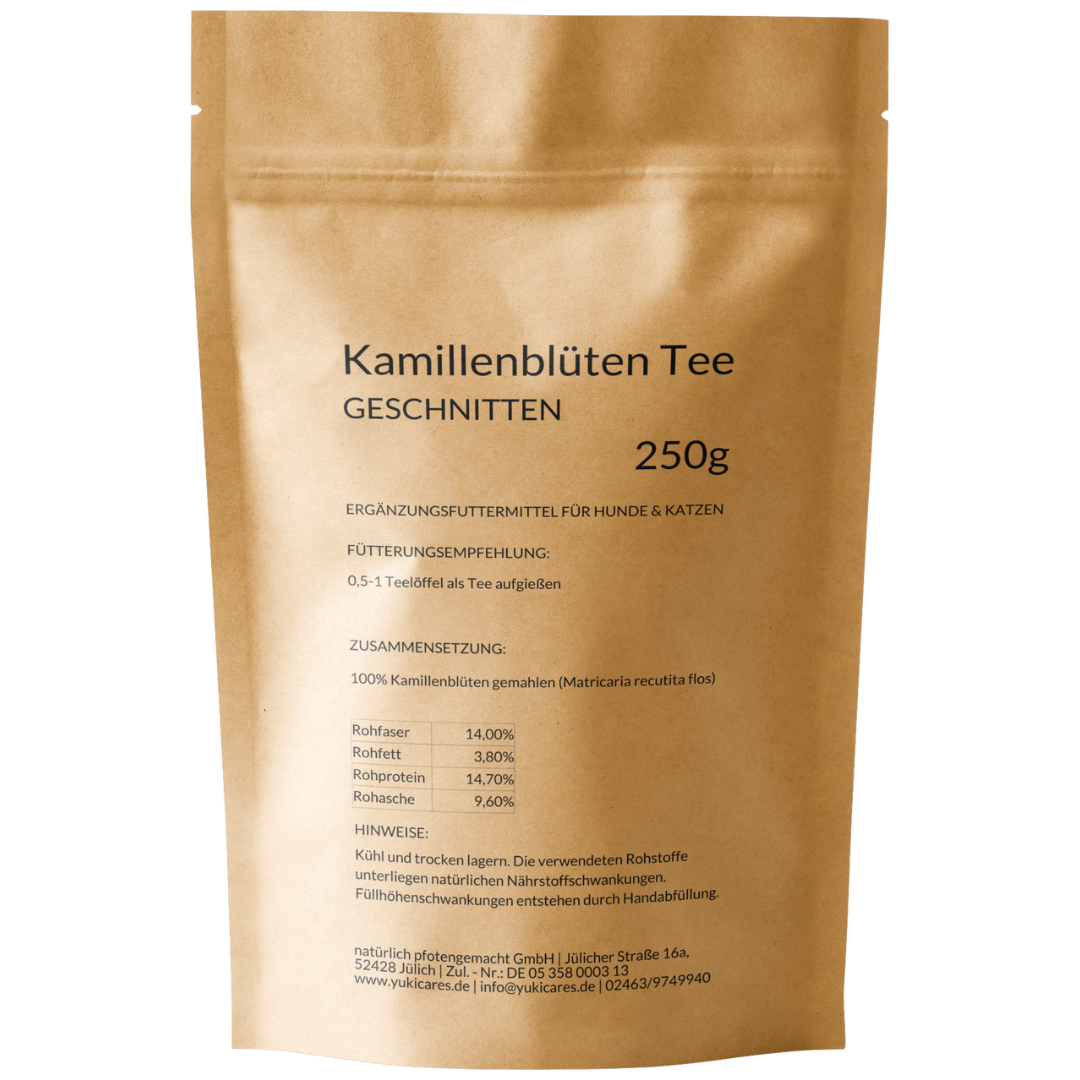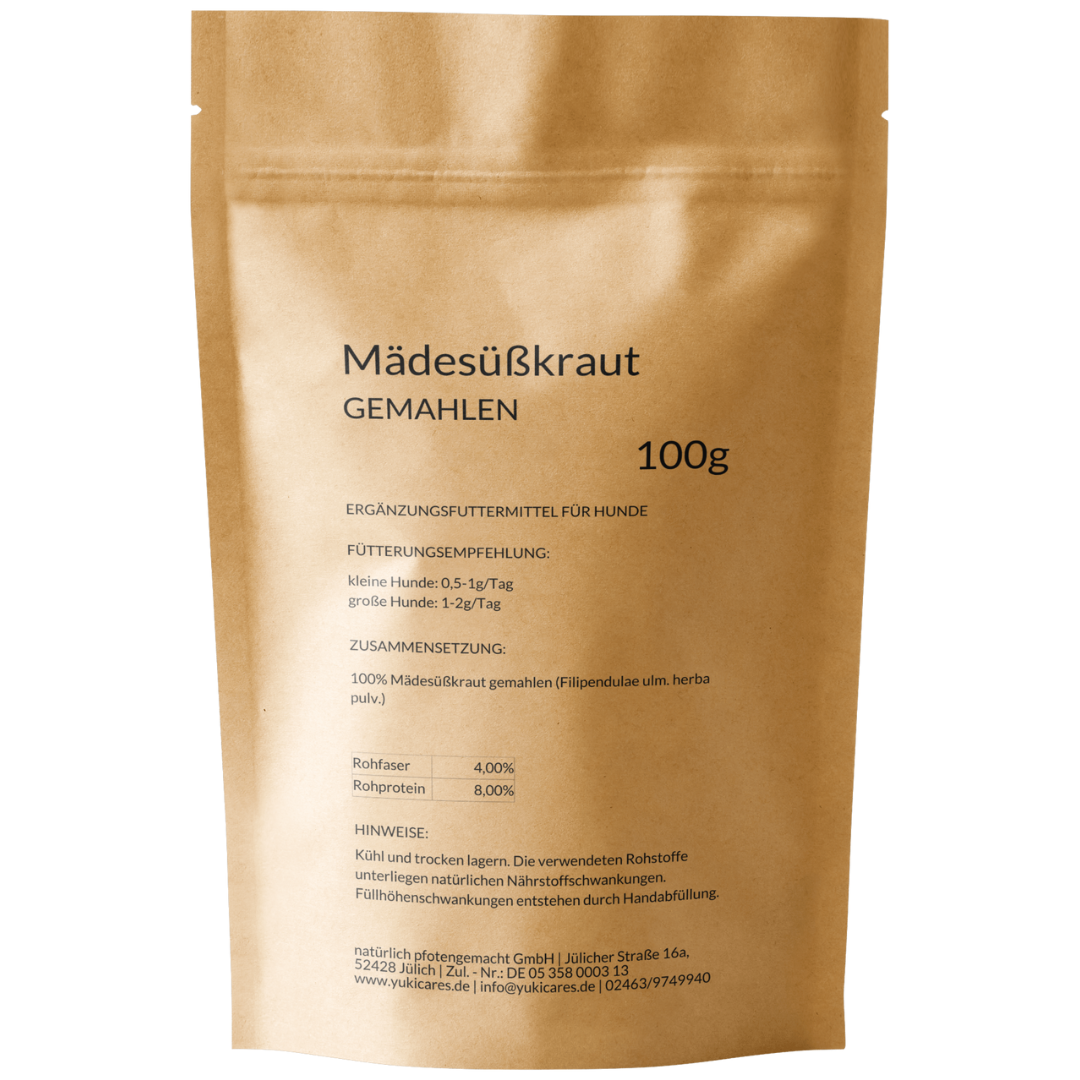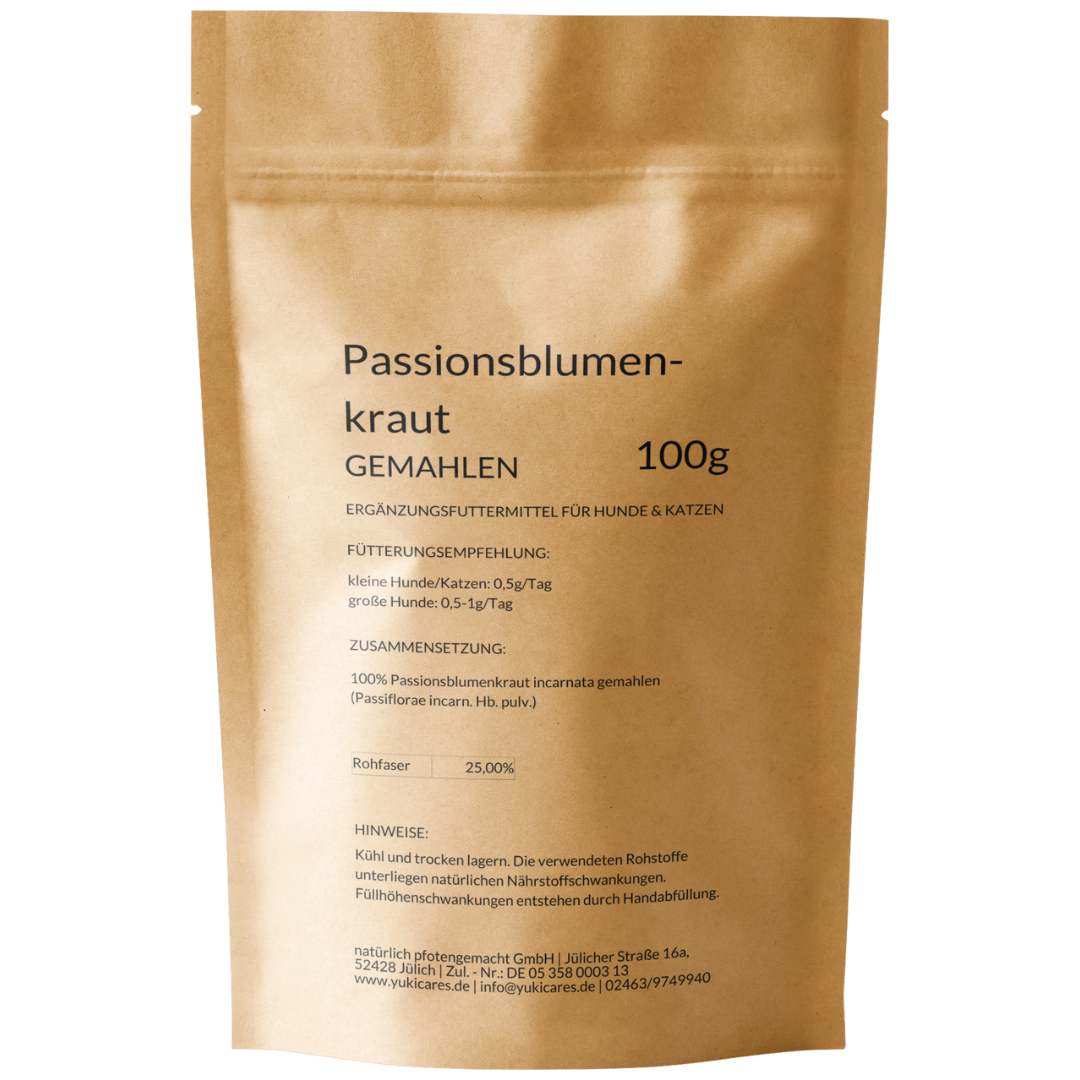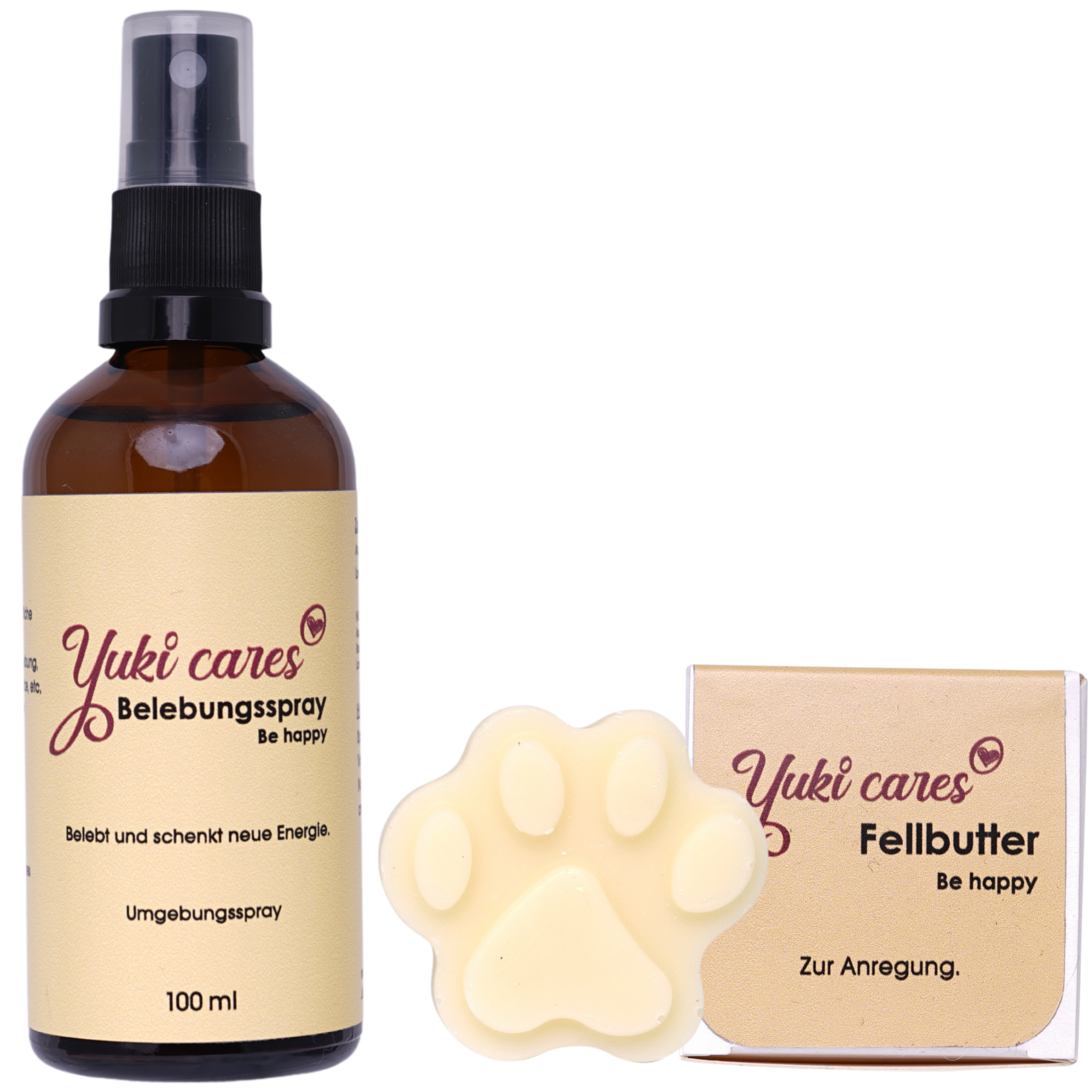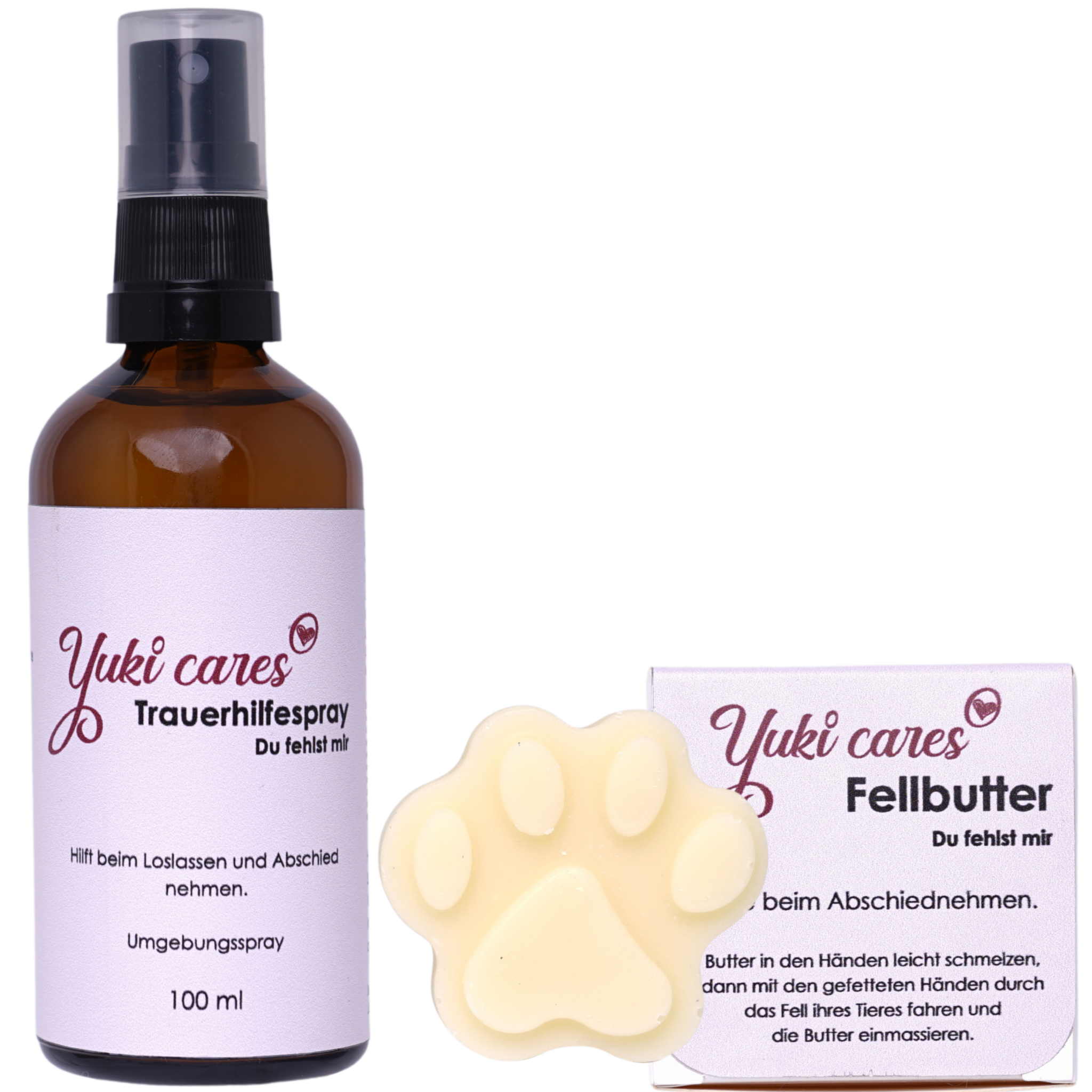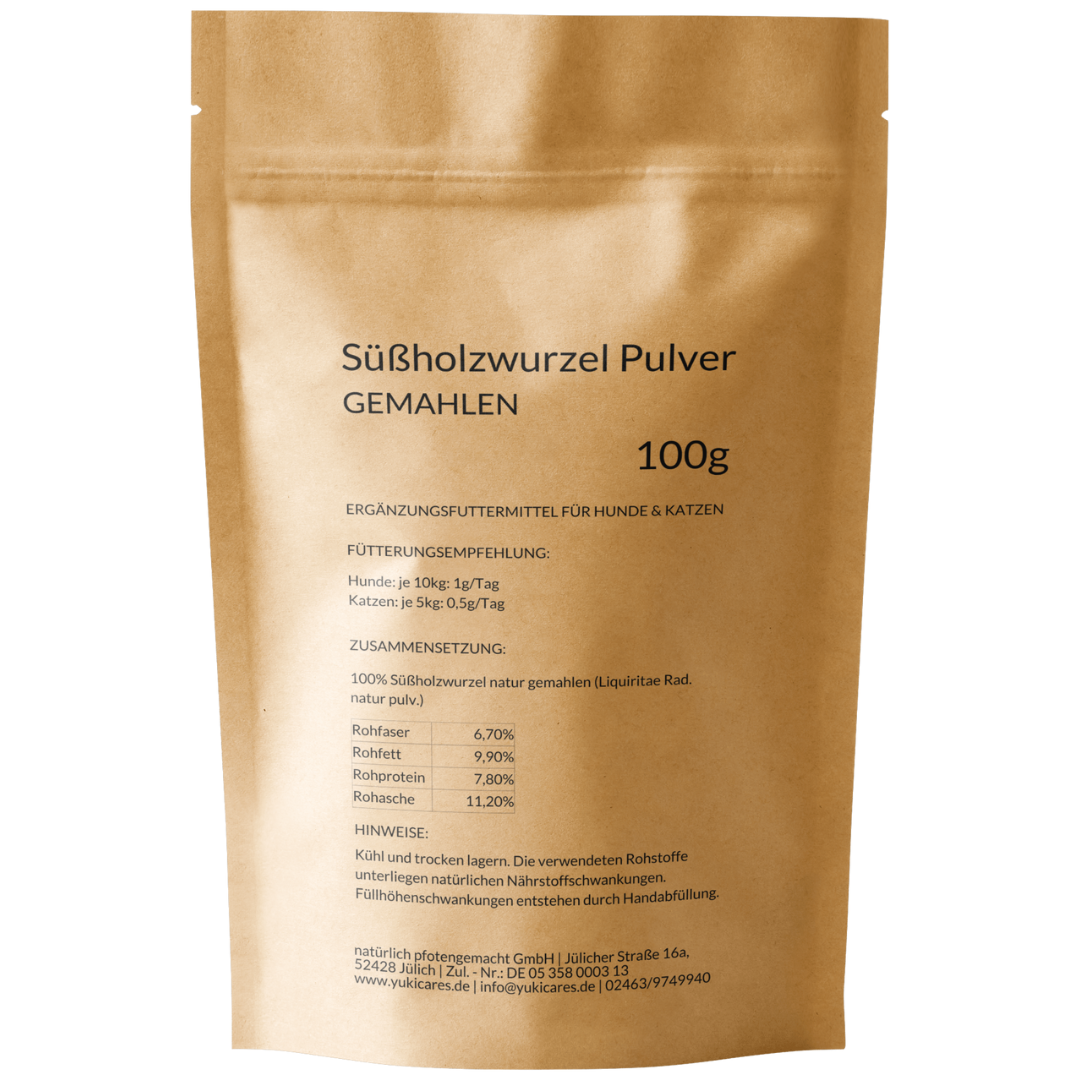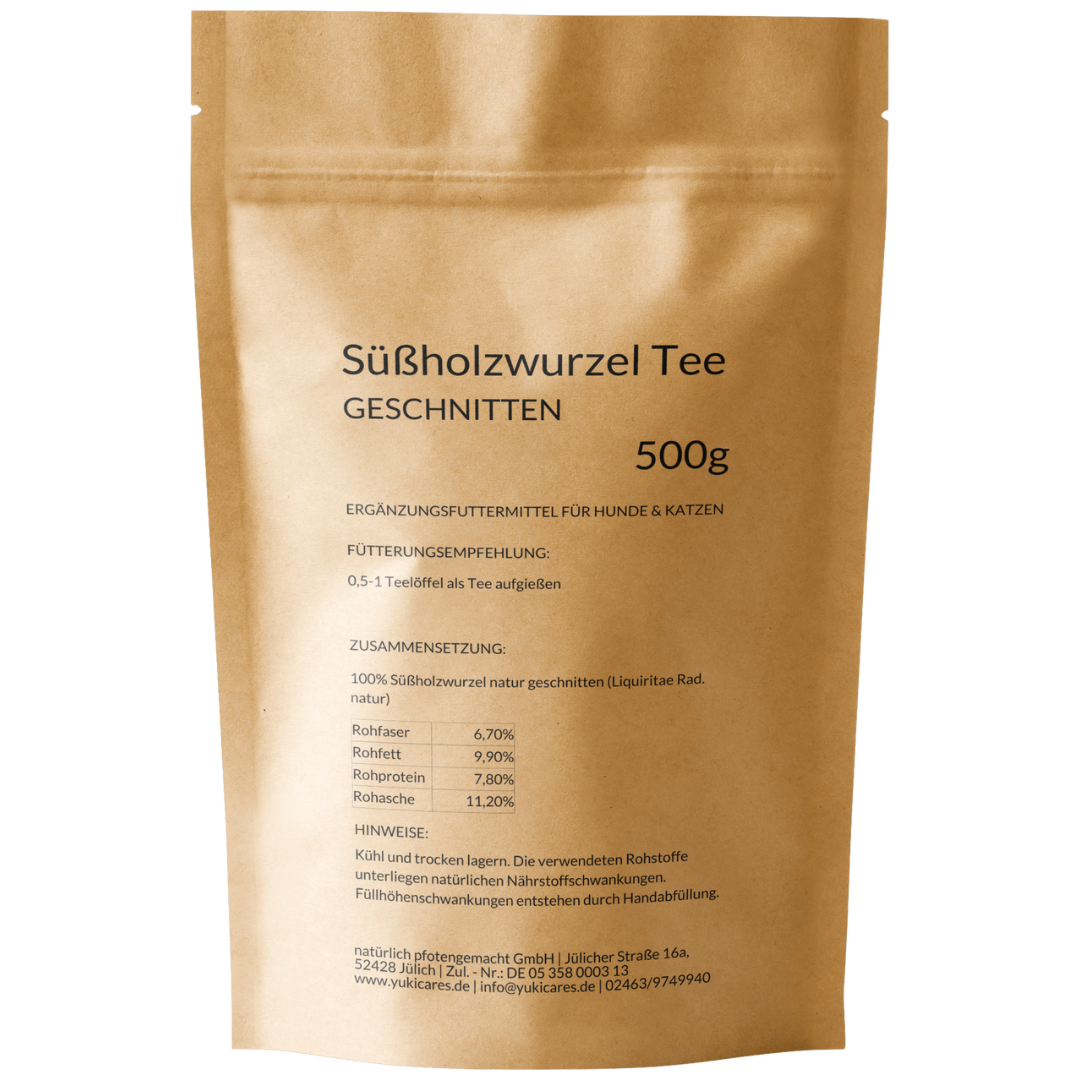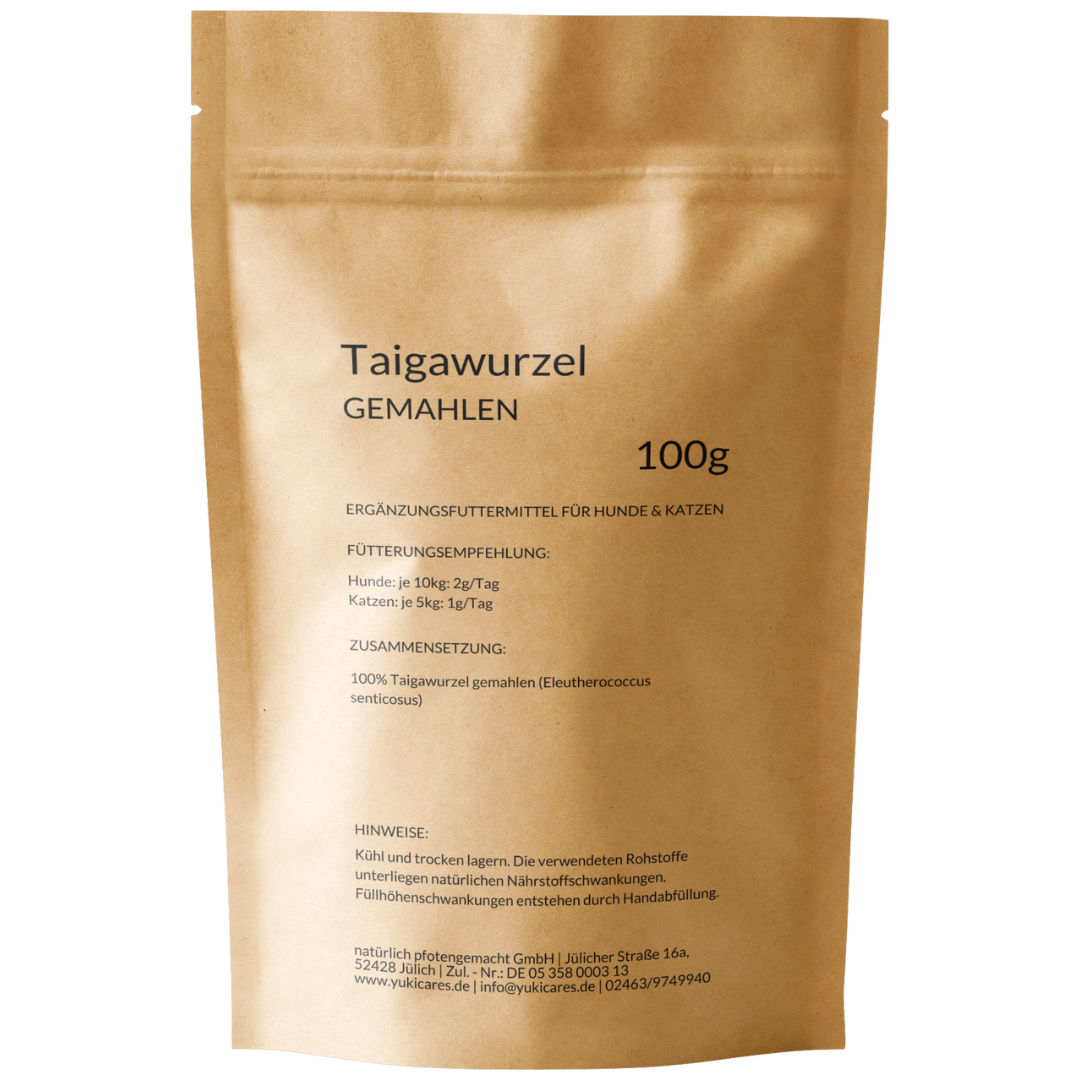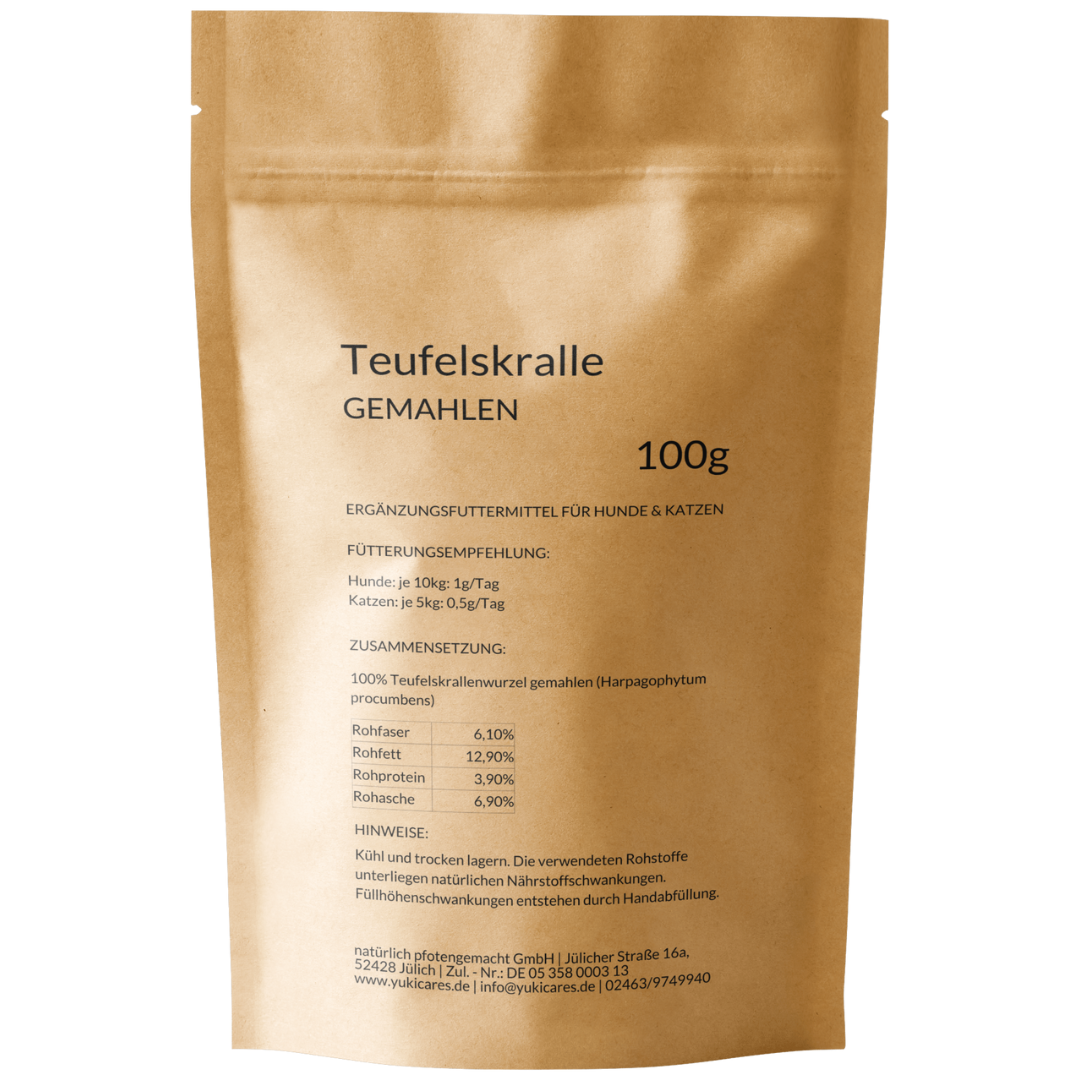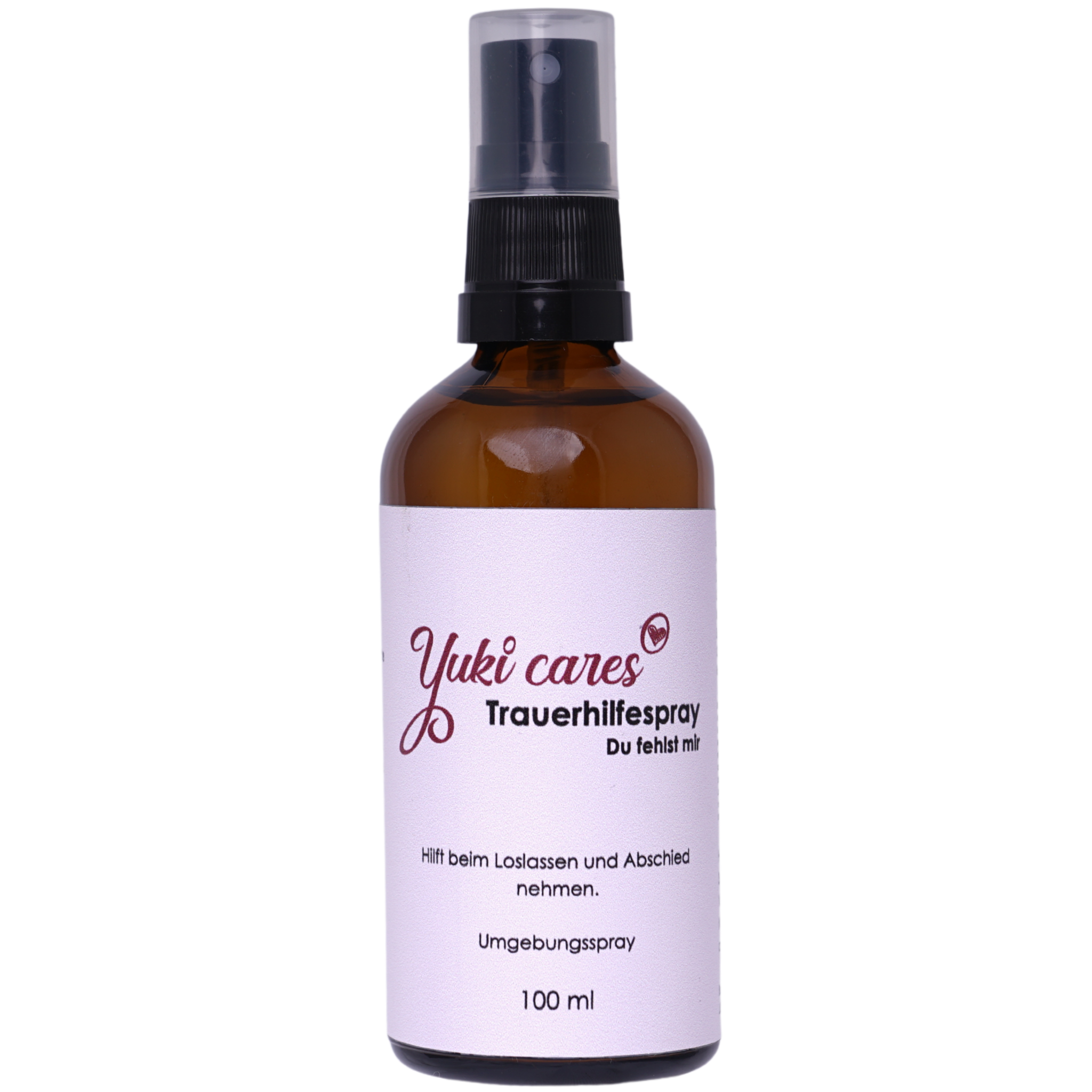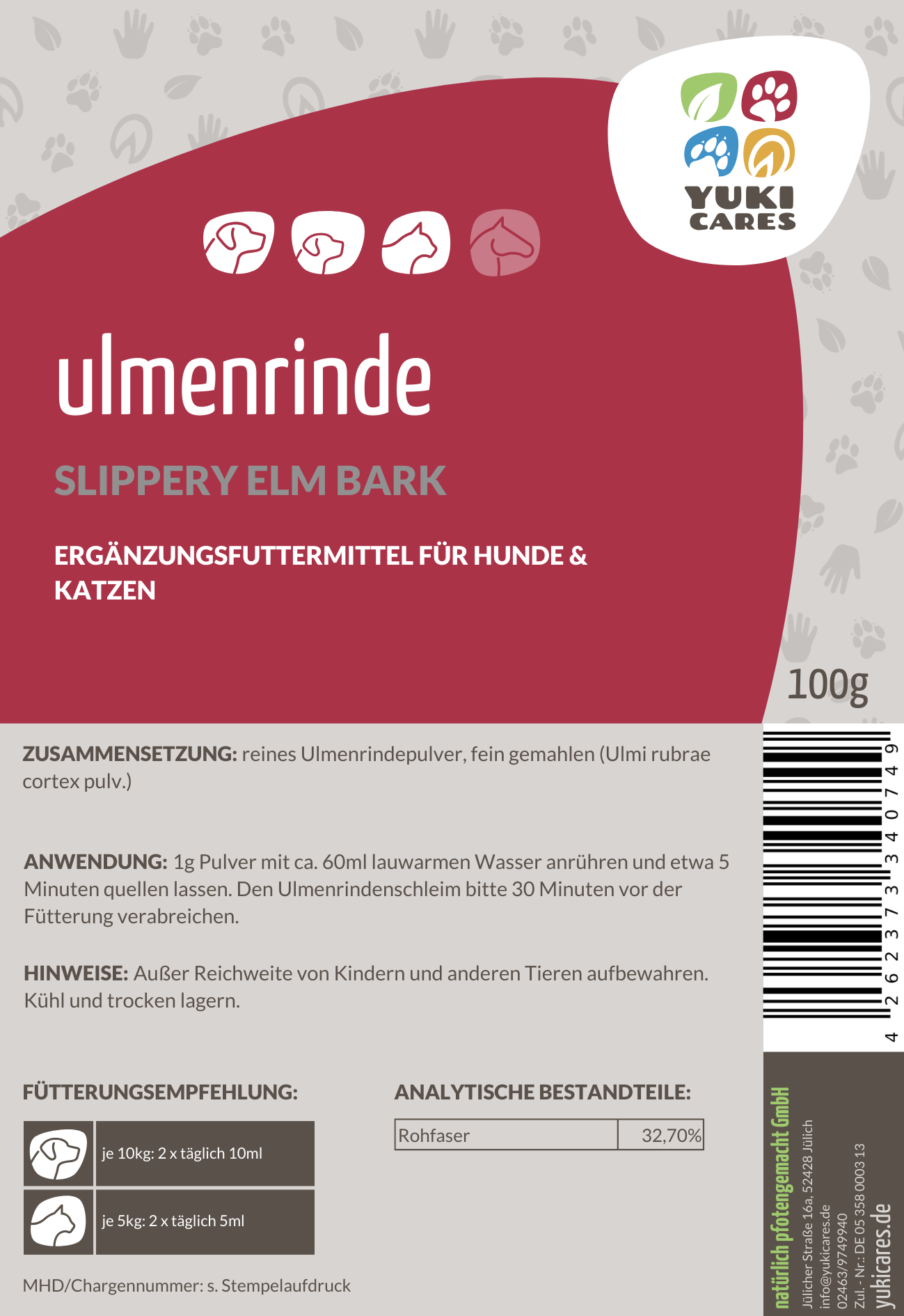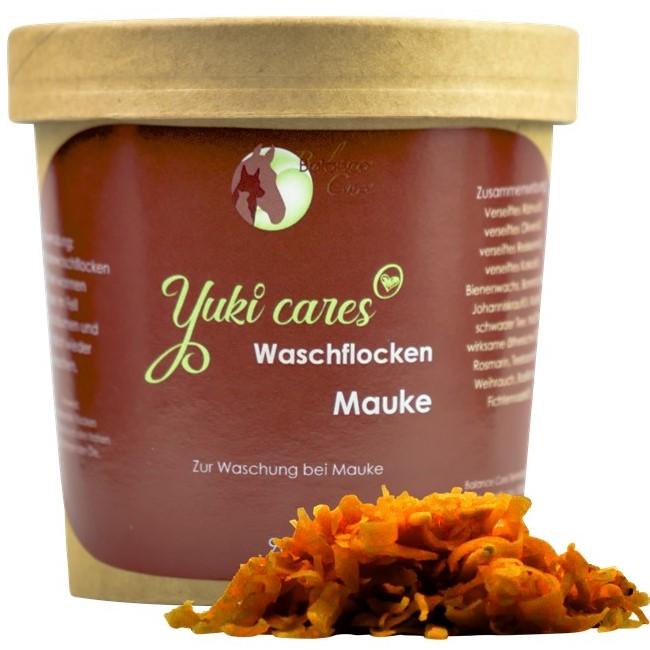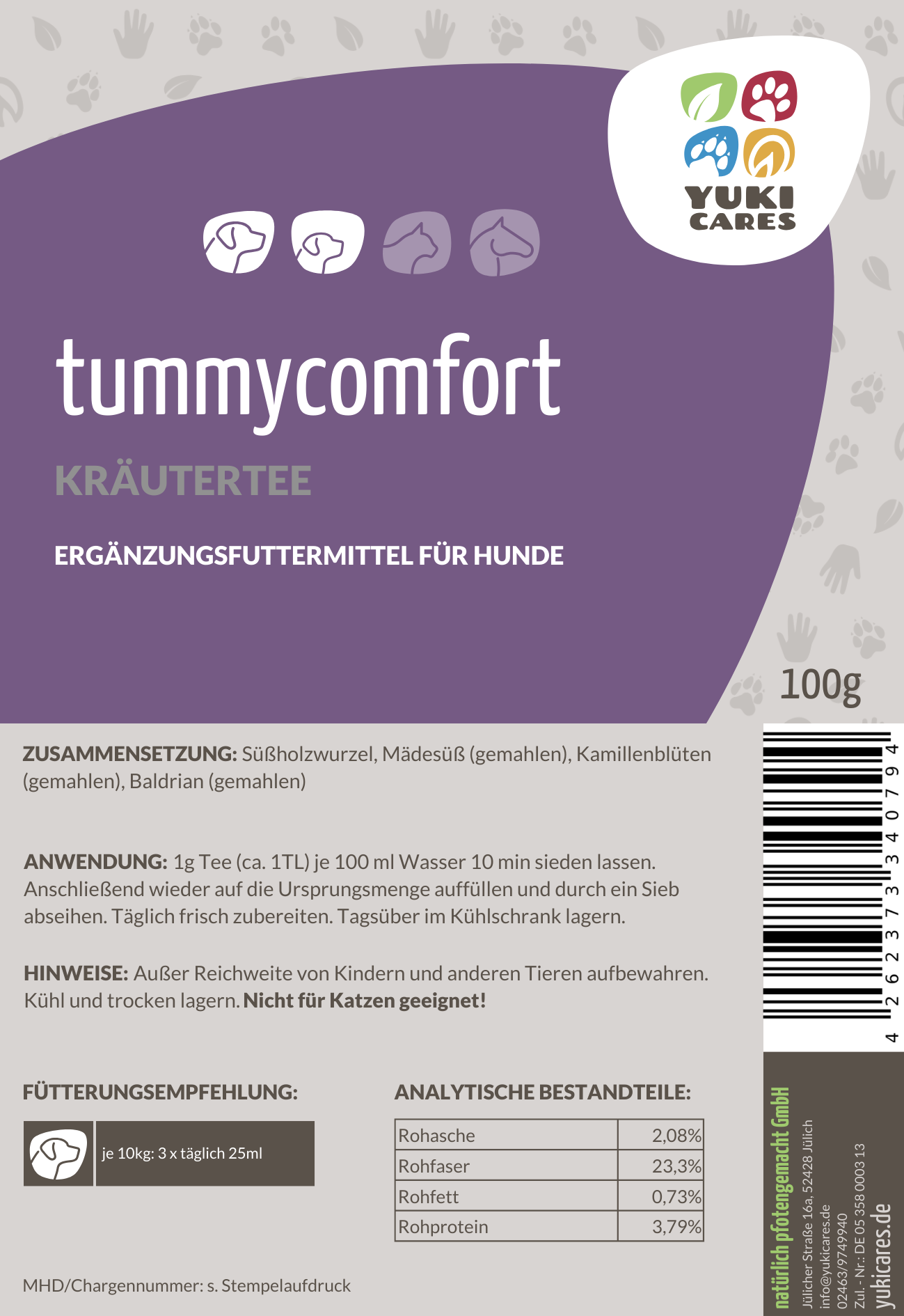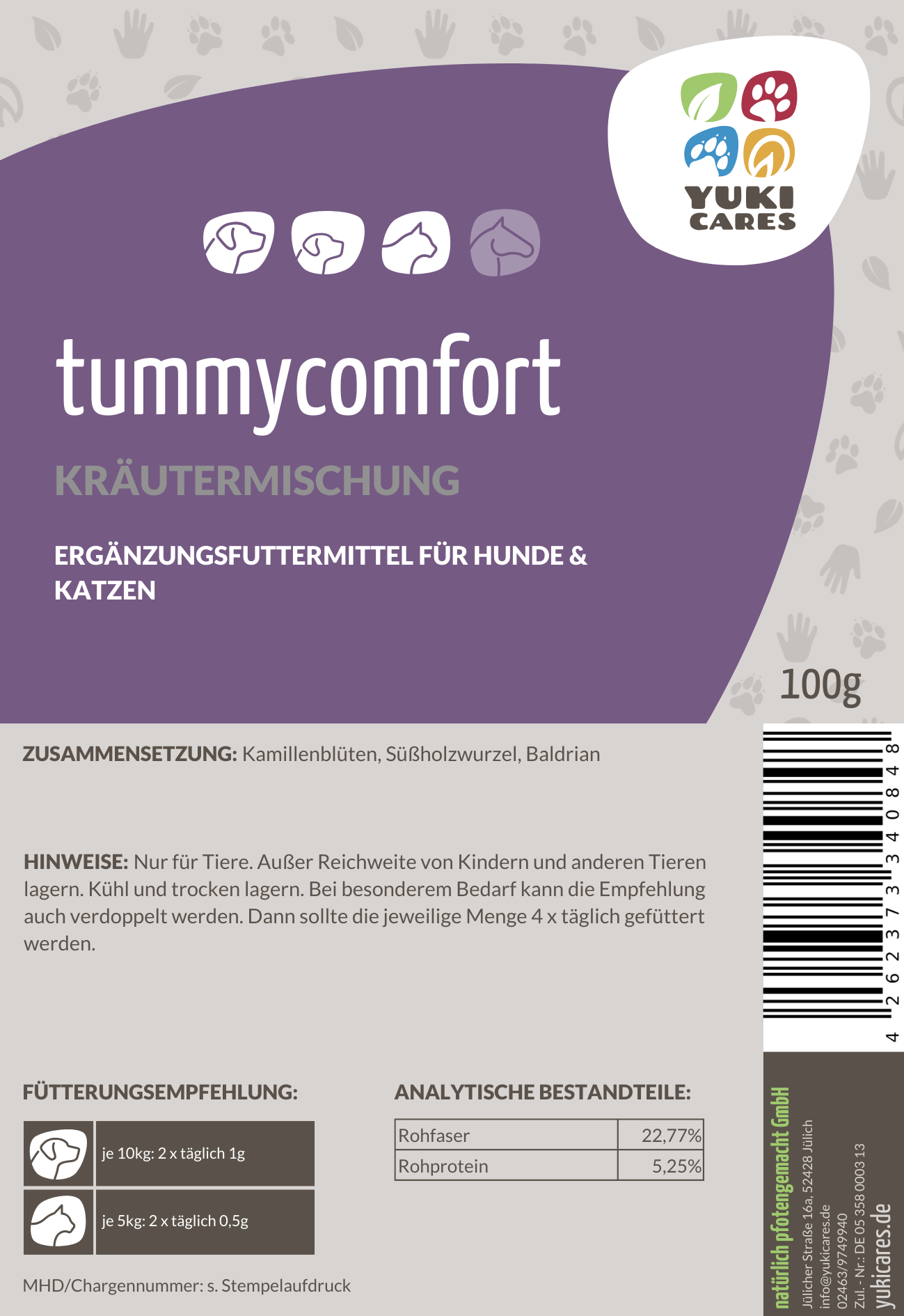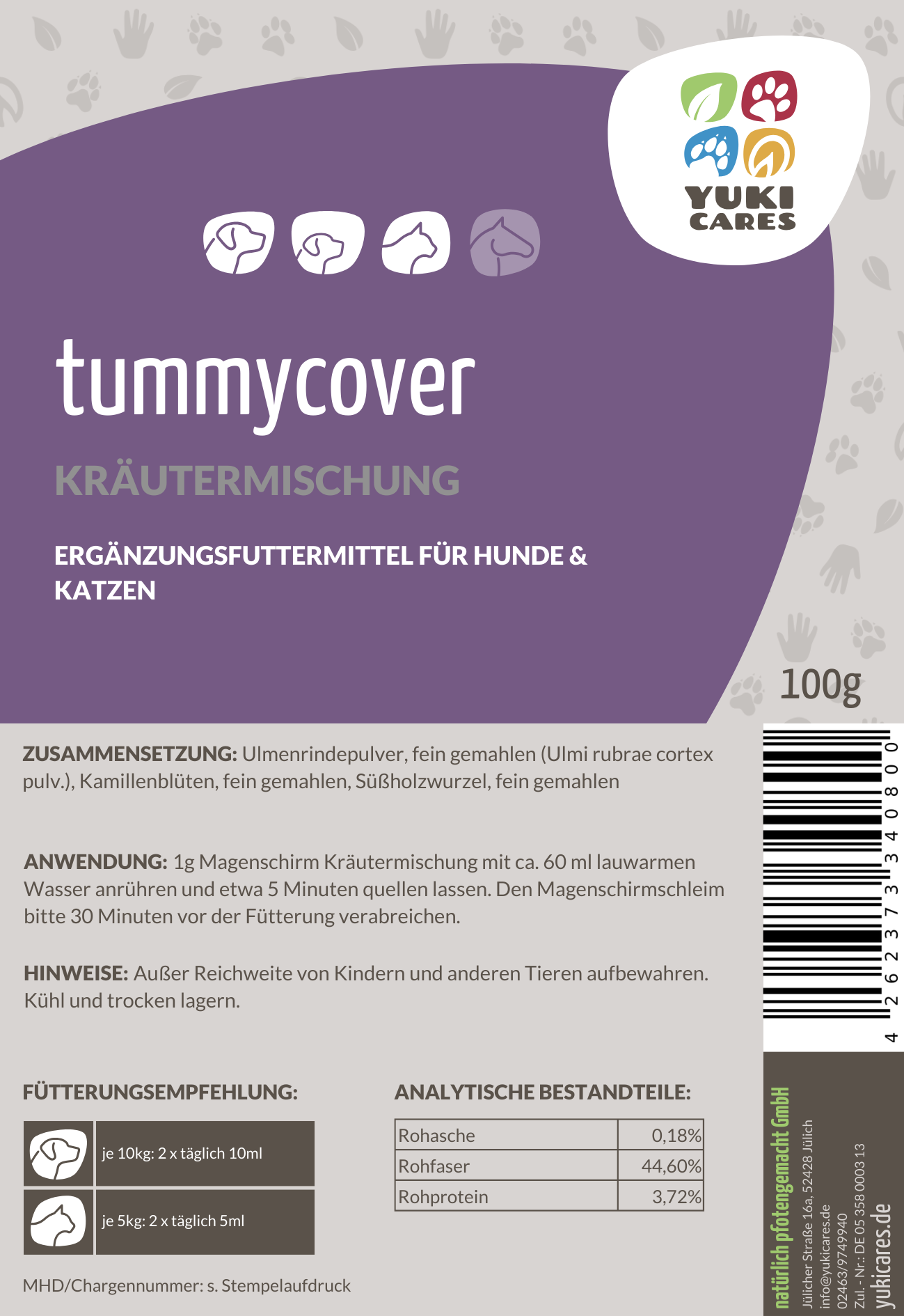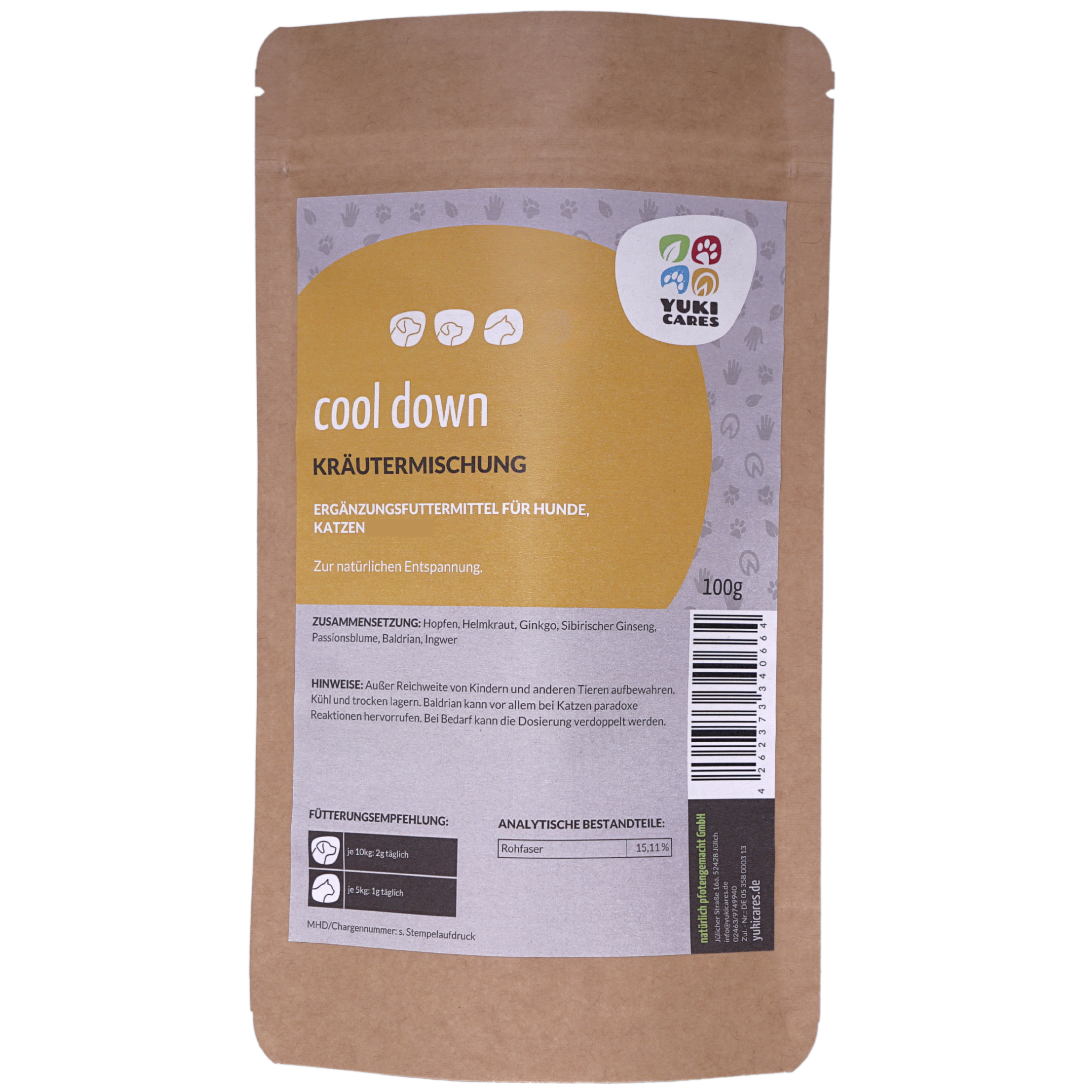Understanding the declaration jungle
On these pages, I want to give you an overview of the meaning of the terms on your dog or cat food. I'll then explain what they actually mean and what these ingredients are used for in the food.
This article lives from your presence! If you're missing something, comment and I'll explain!
Basically, first of all, examples of the possible types of declaration based on our own variety: naturally gentle poultry rice :
closed declaration
Meat and animal by-products, cereals, minerals
semi-open declaration
Meat and animal by-products (of which 43.5% chicken muscle meat), rice, brewer's yeast, minerals
open declaration
Chicken muscle meat (43.50%), chicken and turkey liver (14.5%), brown rice pre-cooked in chamomile tea (38.65%), calcium carbonate, spirulina, brewer's yeast, caseins, sesame, cod liver oil, brewer's yeast
A closed declaration saves space on the label and allows for flexibility in the recipe, while an open declaration reads like a recipe. In a completely open declaration, all ingredients are listed with quantities, but hardly any producers do this to protect their recipe, as we do. To know what you're feeding, you should always choose an openly labeled food from a trusted manufacturer.
A B C D E F G H I J K L M N O P Q R S T U V W X Y Z
A
Algal lime
see calcium carbonate
analytical components
see Weender analysis
apple pomace
These are press residues from the production of apple juice. They have a high crude fiber and sugar content. Apple pomace is often used in feed as a flavor enhancer and bulking agent. Due to its high pectin and crude fiber content, it is also often used as a prebiotic. However, there are better alternatives without the high sugar content.
B
Barf distribution
BARF – organic, species-appropriate, raw food – is based on the percentage distribution of meat types in the typical prey of a wild dog or wolf. This replicates the appropriate prey for dogs and cats.
Healthy adult dog: 80% meat with 15-20% fat content, of which 15% offal and 15-20% bones (depending on the type) and 20% vegetables & possibly cereals, divided into 70% vegetables and 30% fruit or 40% vegetables, 40% cereals and 20% fruit.
Healthy adult cat: 95% meat, of which 20% offal and 20% bones and 5% vegetables
Brewer's yeast
It is a byproduct of beer production and serves as a good source of vitamin B in feed. Therefore, brewer's yeast is often used during convalescence, during periods of stress, or as a supplement to cooked feed. (See heat-sensitive vitamins.)
Bioavailability
An apple is healthier than pure ascorbic acid, i.e., pure, chemically synthesized vitamin C. This is because apples contain many more things like vitamins, minerals, and secondary plant substances, which are needed for the body's metabolic processes to run smoothly. Some substances act as catalysts for each other, so that less of each individual substance is needed overall.
The bioavailability of a feed can be determined, among other things, by the stool volume. If roughly the same amount comes out the back as was fed in the front, the bioavailability is poor. This is usually the case with highly processed feeds. If less comes out the back than was fed in the front, a lot was digested and the bioavailability was good. This is usually the case with feeds that are as unprocessed as possible. If this is not the case, there is usually an intestinal dysfunction that reduces the bioavailability of the feed. The body is then unable to break down the substances because certain processes are not working as planned.
C
Calcium
Calcium is essential for metabolism; it is one of the most abundant minerals in the body. All hard tissues, such as teeth and bones, consist predominantly of calcium compounds. Maintaining a balanced calcium-phosphorus ratio is especially important during growth to ensure healthy bone development.
Therefore, you either feed natural calcium sources like bones, or you use calcium supplements like calcium carbonate, calcium citrate, or bone meal. Bioavailability varies in each case. Calcium absorption can also be inhibited by other ingredients in the feed because they form poorly soluble bonds with the calcium, causing the calcium to be simply excreted. These include phytic acid (cereals) and oxalic acid (spinach, rhubarb, beetroot), so these substances should be fed separately from the calcium supplement. Vitamin D, on the other hand, can improve calcium absorption. Calcium is also always bound to magnesium, so a balanced ratio should be maintained here as well.
Calcium carbonate
It is the calcium salt of carbonic acid and one of the most widely distributed chemical compounds on Earth. It is found, for example, in rocks and also in the skeletons of corals. It can be chemically synthesized or extracted by grinding eggshells or from red algae. Both are then known as eggshell flour or algal lime.
Calcium carbonate reacts with stomach acid, releasing carbon dioxide and reducing stomach acid, which is why it can also be used as an acid reducer. In cases of stomach acid deficiency, not enough calcium can be absorbed from the calcium carbonate. In cases of hyperacidity, calcium carbonate can also be used therapeutically. It also binds phosphates in feed, which is why it is often used as a phosphate binder in cases of kidney disease.
Calcium citrate
It is the calcium salt of citric acid and is obtained by neutralizing this acid. It has good bioavailability, but is entirely laboratory-grown. It does not require conversion by stomach acid for absorption, making it suitable for feeding in cases of hypoacidity.
D
intestinal flora
See microbiome.
Cod liver oil
Used as a source of vitamins A and D. Vitamin A can also be obtained by feeding liver, but liver does not contain sufficient vitamin D. This can be obtained by feeding oily fish such as sprats. If this is not desired, is not liked, or is not tolerated, cod liver oil is a good alternative. An oversupply of vitamin A is not possible in carnivores with normal feeding levels, as they have a very high safe maximum of this vitamin.
E
Eggshell flour
see calcium carbonate
Pea protein
It is used in production to increase the protein content of the food. It is easier to process in dry food than meat meals because it reacts differently. However, its bioavailability for carnivores is not as good as that of a meat source.
extruded feed
Dry, powdery ingredients with a high starch content are mixed together and pressed under pressure through a steam-heated screw with a mold at the end, similar to how cookies are made, only hot and under high pressure. When the mixture leaves the mold, it extrudes, meaning the starch pops, the same reaction as with popcorn. The resulting chunks are then sprayed with a flavorful fat and vitamin mixture, which is sometimes colored. Extruded food swells about four times its size when liquid is added, whereas pressed food crumbles into a pulp. Digesting extruded food doesn't require much stomach acid because it doesn't need to be broken down.
F
Fat
Every animal needs it for its fat metabolism. If the food (whether raw, dry, or wet) is too low in fat, it contains a relatively high protein or carbohydrate content, which can overload the kidneys and pancreas. Too much fat can overload the pancreas and liver.
As a rough guide, a healthy dog should have 15% fat in the meat portion, which corresponds to about 12% fat content in the daily ration for a raw food diet.
Fish and fish by-products
Virtually everything from fish. By-products include, for example, fish meal or organs not intended for human consumption. Here, too, only Category 3 (K3) material may be used for animal feed production.
Meat product
Anything made exclusively or predominantly from meat. This includes sausages and meat meal, as well as minced or chunked meat.
Meat & animal by-products
Virtually everything from the animal. By-products include high-quality raw materials such as offal and fat, as well as horns, hooves, feathers, wool, testicles, chicken heads, and the like. Basically, everything delivered to a feed producer leaves the food chain as soon as it crosses the threshold and thus, legally speaking, becomes K3 material, or meat and animal by-products.
fresh meat
Truly fresh meat is only used in small factories that produce wet food. Larger factories (and sometimes ours, depending on delivery and production times) use frozen meat to produce wet food. This is simply for logistical and hygienic reasons.
No fresh meat is used in dry food; for technical production reasons, dried meat meal is used (see dried meat). If "fresh meat" is declared (e.g., "fresh beef 52%), it's a matter of calculation. This means a maximum of 28-30% meat meal (a higher proportion is technically impossible, otherwise the food could no longer be pressed or extruded). The amount of water removed during drying is added back to this purely mathematically, and then the "fresh meat content" is calculated. Fresh meat has a water content of 70-80%, meat meal 6-8%.
In our example, this means that if the label states 52g of fresh meat in 100g of food, it's actually 20g meat meal, or 20% meat meal. This would have to be listed after the carbohydrate source in the label, since, for production purposes, at least 1/4 of carbohydrates are needed in a dry food, either as a glue during pressing or to extrude the food. This would give the customer the impression that there are more plant products than meat in the dry food. This doesn't fit with the marketing, and therefore the "fresh meat content" is calculated.
Fructo-oligosaccharides
They are indigestible polysaccharides composed of various fructose molecules and serve as prebiotics in food. They are found primarily in chicory, bananas, and beets.
FOS
They are indigestible polysaccharides composed of various fructose molecules and serve as prebiotics in food. They are found primarily in chicory, bananas, and beets.
G
pressed dry food
To do this, dry, powdery ingredients with a high starch content are mixed together and pressed under pressure through a steam-heated screw with a mold at the end. Once the mixture leaves the mold, it holds together. The resulting worms are then sprayed with a flavorful fat and vitamin mixture, which is sometimes colored. Pressed food crumbles into a pulp when added to liquid, while extruded food swells. Digesting pressed food doesn't require much stomach acid because it doesn't need to be broken down.
dried meat
In fact, it's the same as meat meal, only sounds nicer. It's considered an animal by-product.
H
heat-sensitive vitamins
Fewer nutrients are lost during heating than is generally thought. The minerals contained in the food are all retained, but often dissolve in the resulting water, so it should definitely be fed with the food. Even heat-sensitive vitamins are not completely destroyed, which is why we increase the dosage of their additives in the raw mix accordingly, so there are still sufficient vitamins after the cooking process. Vitamins B1, B5, and C are particularly sensitive to heat. Dogs and cats can synthesize vitamin C themselves. With the aforementioned B vitamins, we must assume a loss of around 50%, so we use twice the dose in the raw mixture. Generally speaking, losses through the cooking water are significantly greater than through heat alone, because all vitamins (except A, D, E, and K) are water-soluble. When cooking, you should use as little water as possible and feed it with the food (this also applies to steaming). For our food, please make sure to feed the broth!
I
Inulin
Occurs in certain plants (e.g. Jerusalem artichoke, artichoke or dandelion root) and serves as a prebiotic in the intestine
J
K
K3 - Materials
K3 material includes all materials of animal origin that are excluded from use as food. This includes animal by-products such as hooves, horns, and fur, or animal meal. It also includes meat or offal that are economically unsuitable as food, such as spleen. A characteristic of K3 material is that it may no longer be used as food, even if it is of high quality. Thus, any meat that passes our threshold as feed material automatically becomes K3 material. It may no longer enter a food processing facility.
Bone meal
Ground bones can be fed as a natural source of calcium when bones are not desired or are not tolerated. In addition to calcium, they contain other minerals and do not react with stomach acid to produce gas. Bone meal is available from various animal species, so you can find the right product for allergy sufferers.
L
Cod liver oil
see cod liver oil
M
Mannan oligosaccharides
They are indigestible carbohydrates from the cell wall of yeast and serve as a prebiotic in feed.
seaweed
This includes all seaweed. The most common is Ascophyllum nodosum, or seaweed flour. It is used as a natural source of iodine. However, seaweed and nori algae can also fall under this collective term; these contain less or no iodine, but instead contain other vitamins and minerals.
Microbiome
The totality of living organisms in the gut, including various strains of bacteria and different fungal species. Approximately 95% of the gut microbiome is anaerobic, meaning it dies immediately when exposed to air. 5% tolerates oxygen and can thus be supplied with oxygen through a probiotic. The gut microbiome plays important roles in digestion, the immune system, and mental health. Research in this area is still in its early stages.
In addition to the intestinal microbiome, there are also other communities on our bodies or the bodies of our animals, such as the skin microbiome or the vaginal microbiome.
Minerals
These are additives that serve to provide vitamins and minerals. These can be of natural origin, as in the example above. However, they are usually artificial vitamins and minerals, which must be separately labeled as "additives per kg."
MOS
They are indigestible carbohydrates from the cell wall of yeast and serve as a prebiotic in feed.
N
O
Oligofructose
These are indigestible complex sugars made up of various fructose molecules and serve as prebiotics in feed. They are found primarily in chicory, bananas, and beets. Also known as FOS or fructo-oligosaccharides.
P
vegetable protein extracts
This includes all plant-based products with a protein content of at least 50%. Examples include wheat protein, pea protein, or potato protein. They are often used in animal feed as a more cost-effective source of protein. Due to their amino acid composition, their bioavailability is not as good for carnivores as that of animal proteins.
vegetable by-products
This includes all plant by-products. These can include high-quality products like bran and psyllium husks, which stimulate intestinal activity and are therefore often used in animal feed. They can also include industrial waste products such as flour, peanut shells, beet pulp, and the like.
Prebiotic
Food for the intestinal bacteria, particularly well-known here are inulin or psyllium husks, but also resistant starch or secondary plant substances from vegetables have a prebiotic effect and promote healthy intestinal flora.
Probiotic
Intestinal bacteria. Only one strain (E. coli) is approved as a veterinary medicinal product, but it makes more sense to feed a mixture of different strains. A prebiotic such as inulin or rice starch is usually added to the probiotic.
Q
R
Pure meat can
A food that consists only of meat from a single animal species. 100% beef is not sufficient in this case. The ratio of muscle meat to offal and the exact type of offal included should be specified. Also called single protein, it is often used in elimination diets for allergy diagnosis. We call these varieties "naturally pure" and, whenever possible, are cooked using raw food.
resistant starch
Forms when cooked, starchy foods like potatoes, rice, or pasta cool down. The structure of the starch changes, making it harder for the body to break down. As a result, it stays in the intestines longer, nourishing the intestinal flora, the microbiome.
Crude ash
A laboratory-determined value from the Weender analysis, which is intended to indicate the total mineral content of the feed. It is determined by burning the feed at 600°C. The remaining ash is weighed and reflects all non-combustible substances, including minerals.
crude fiber
A laboratory-determined value from the Weender analysis. The organic content of a plant substance is determined by washing the feed with sulfuric acid and sodium hydroxide solution. This value is intended to indicate the feed's value for intestinal motility. A high crude fiber content in the diet promotes the further movement of the feed through intestinal peristalsis and serves as a food source for the intestinal microbiome. However, too high a crude fiber content can also lead to constipation or indigestibility of the feed in carnivores. Crude fiber primarily includes cellulose, lignin, and pentosans.
crude fat
A laboratory-determined value from the Weender analysis. Depending on the fat content, the sample is first washed with hydrochloric acid and hot water and then extracted in a Soxhlet apparatus. The extracted product is dried and weighed. The crude fat content indicates the total fat content in the feed. Further information can be found under the "Fat" section.
crude protein
A laboratory-determined value from the Weender analysis. Crude protein is digested with concentrated sulfuric acid and the addition of a catalyst. This chemical reaction produces ammonium sulfate. Alkali is added to this, and the released ammonia is captured in an acid. The content can then be determined by titration and used to calculate the crude protein content. It indicates the total protein content in the feed, but does not determine the source, quality, amino acid composition, or bioavailability.
dried beet pulp
They are used in animal feed as a source of crude fiber for intestinal regulation and are considered a relatively inexpensive raw material, as they are a waste product from sugar production. Other raw materials, such as vegetables, serve the same purpose and also provide valuable nutrients and secondary plant substances, but have a higher raw material price.
S
sweet potatoes
They serve as a vegetarian ingredient in wet food or raw food mixes to increase the crude fiber content and thus digestibility. In dry food, they serve as a source of carbohydrates, which are used as glue or for extrusion.
safe maximum
Laboratory values always fall within a reference range. If the measured value is below this range, a deficiency is assumed; if it is above this range, a substance may be toxic. In blood tests, values outside the reference range indicate organ or metabolic dysfunction.
The safe maximum is the upper reference value, i.e., how much of a substance can still be safely tolerated without yet being toxic. For example, in omnivorous carnivores and pure meat eaters like dogs and cats, the safe maximum levels of meat- and fat-bound vitamins like A and D are significantly higher than in humans, who, due to evolution, tend to consume little meat (or should). They can therefore tolerate significantly higher amounts than we can, simply because it's part of their natural lifestyle.
Single Protein
A food that consists only of meat from a single animal species. 100% beef is not sufficient in this case. The ratio of muscle meat to offal and the exact type of offal included should be specified. Also called a pure meat can and often used in elimination diets for allergy diagnosis. We call these varieties "naturally pure" and, whenever possible, are cooked in raw food proportions.
Spirulina
It is a real mineral and vitamin bomb and is therefore often used as a natural supplement during convalescence or for cooked food.
T
tomato paste
Serves as a colorant and natural flavor enhancer in dry food. It contains natural glutamine, which creates the umami flavor. This is why it's also popular in human cooking, for example, in sauce bases and other dishes.
U
V
W
Weender analysis
A standard procedure for feed analysis. It was developed in the 19th century at the Göttingen Weende Research Station, hence its name. The ingredients of a feed are divided into nutrient groups and summarized, and their concentrations are determined through various chemical analyses. The Weende analysis must be listed as an analytical component on animal feed; it is intended to serve as a reference for comparison between feeds. It can also be used to calculate the calorie content of a feed, thus providing at least a rough estimate of how much of the feed satisfies the energy needs of the respective animal.
X
Y
Yucca Schidigera Extract
Yucca extract, used as a medicinal plant. Traditional uses of yucca include diarrhea and joint inflammation. It also contains secondary plant substances that promote digestion. However, one should carefully consider whether to feed a medicinal plant long-term.
Z
Additives (nutritional)
This term simply refers to artificial vitamins and minerals added to the feed to ensure it meets the nutritional requirements developed under laboratory conditions, allowing the feed to be called complete feed. These values generally cannot be achieved with natural sources. "Nutritional" is often added to create the impression that these values are necessary for a diet to be physically beneficial, i.e., to meet nutritional needs. The bioavailability of the substances used is ignored.


